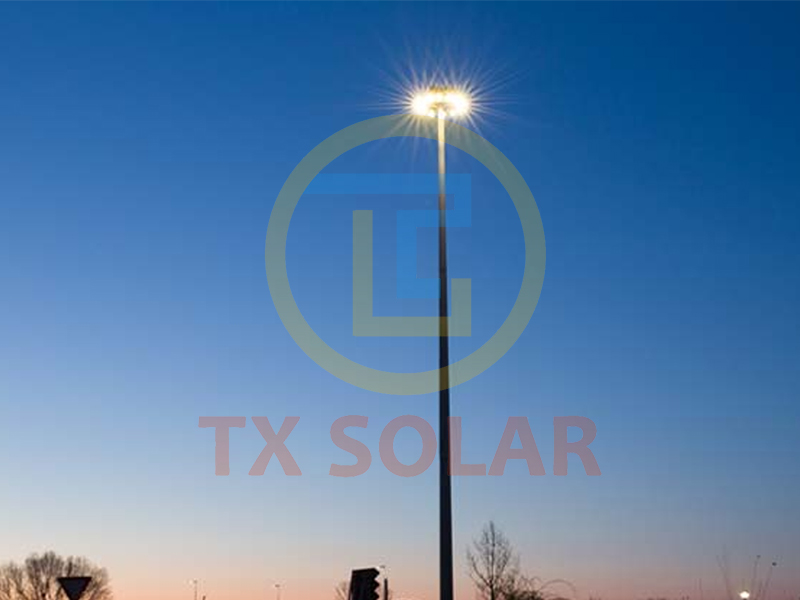When it comes to lighting, there are a variety of options on the market. Two popular options for outdoor lighting are floodlights and LED lights. While these two terms are often used interchangeably, understanding the difference between them is critical to making an informed decision about your lighting needs.
A floodlight is a lighting fixture designed to emit a wide beam of light to illuminate a large area. It is often used in outdoor spaces such as stadiums, parking lots, and gardens. Floodlights usually come with adjustable brackets that allow the user to choose the desired angle and direction of light. These lights are usually high-intensity discharge (HID) lights that produce a large amount of light to enhance visibility in specific areas.
On the other hand, LED lights, also known as light-emitting diodes, are a newer technology that has become popular in recent years. Unlike flood lights, LED lights are smaller and use semiconductor materials to emit light. They are highly energy efficient and last longer than traditional lighting options. LED lights also come in a variety of colors, making them versatile for decorative purposes.
A significant difference between floodlights and LED lights is their energy consumption. Floodlights, especially those using HID lamps, consume some energy, but illuminate a wide range. However, LED lights are known for their energy efficiency, consuming less electricity while providing the same level of illumination.
Another major difference is the quality of light emitted by floodlights and LED lights. Floodlights typically produce bright white light and are suitable for outdoor areas that require high visibility, such as sports fields or construction sites. LED lights, on the other hand, are available in a variety of color options, allowing users to customize the lighting to their liking. LEDs also produce more focused, directional light.
Durability is an important factor to consider when choosing lighting fixtures, especially those for outdoor use. Flood lights are larger, bulkier, and generally stronger and more resistant to harsh weather conditions. They are usually packaged in a sturdy material such as aluminum or stainless steel to ensure their longevity in the outdoors. LED lights, despite their smaller size, are generally more durable due to their solid-state construction. They are not easily damaged by vibration, shock, or extreme temperature changes, making them a reliable lighting choice for a variety of applications.
Finally, price is an important factor influencing consumers’ purchasing decisions. Floodlights, especially those using HID lights, are generally more expensive to purchase and maintain than LED lights. While LED lights may have a higher upfront cost, they use less energy and don’t need to be replaced as often, saving you long-term costs.
In summary, while floodlights and LED lights serve the same purpose, to illuminate outdoor spaces, they differ in terms of energy consumption, light quality, durability, and price. Floodlights are powerful fixtures ideal for large areas that require high-intensity lighting, while LED lights offer energy efficiency, versatility in color choice, and longer life. Understanding these differences will help you make an informed decision when choosing the lighting solution that best suits your needs.
If you are interested in floodlights, welcome to contact floodlight manufacturer TIANXIANG to read more.
Post time: Jul-06-2023


